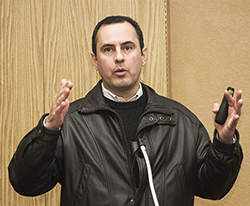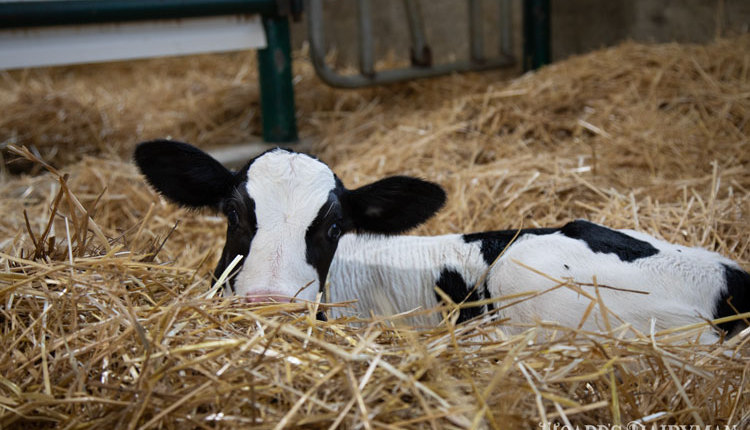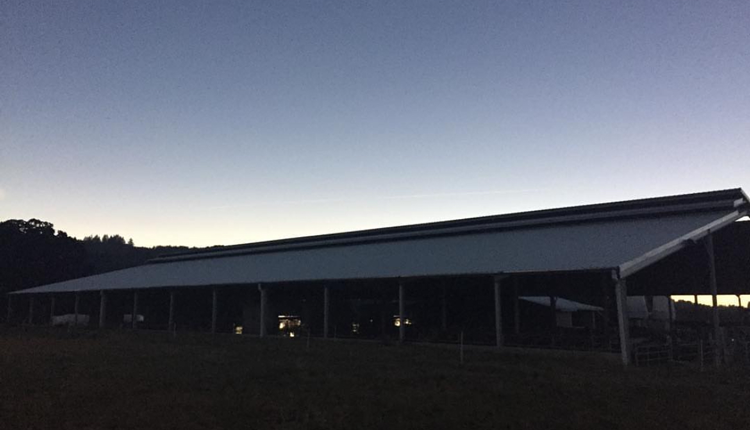
And isn't it a game that is all about winning?
Genomics is information – wildly more information about animals than dairy producers have ever had before. It's information that helps them guess less and win more when it comes to herd improvement, which ultimately results in greater profitability.
Spreading this message was the topic of half-day workshops held Dec. 1 in Jerome, Idaho, and Dec. 3 in Sunnyside, Wash. Workshops will also be held Dec. 8 in Stephenville, Texas, and Dec. 10 in Okeechobee, Fla. This outreach effort is an early part of a five-year, $3 million grant from USDA aimed at helping to turn around the long decline trend in fertility rate by U.S. dairy cows.
Relatively speaking, genomics is still in its infancy, yet the information that tests provide is already staggering. Most producers are put off by genomic tests' high cost, but workshop speakers gave compelling reasons why the mating and culling insight they provide makes them a bargain.
Speakers had more examples of fertility trait relationships revealed by genomic testing than could be discussed in a four-hour meeting, but two areas producers should be aware of are A.I. selection for high production, and disease incidence.
Jose Santos from the University of Florida (pictured above) said there is a strong negative correlation between high milk production and fertility, which has likely played a big role in the decline of average fertility rate in U.S. cows from around 31 percent in the mid-1950s to just 23 percent in 2010.
Genomic testing, however, has revealed there are a significant number of A.I. sires that have positive traits for both production and fertility.
Santos said one objective of the genomics project is to develop a "fertility database" for U.S. Holsteins, and that it should be possible to generate a "pregnancy probability index" for cows and heifers becoming pregnant in two services or less, based upon heritability factors that include disease and calving problems.

The author has served large Western dairy readers for the past 36 years and manages Hoard's WEST, a publication written specifically for Western herds. He is a graduate of Cal Poly-San Luis Obispo, majored in journalism and is known as a Western dairying specialist.










